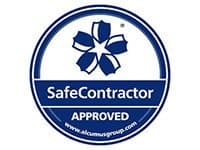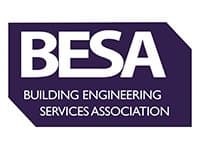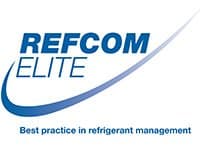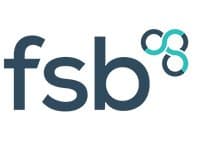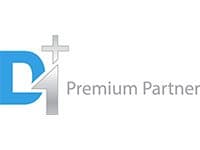Cleanrooms are specialist rooms used by manufacturing and research operations in order to test or produce products in clean environments where minimal airborne particles are required.
This is especially necessary in the pharmaceutical, engineering, manufacturing industries and quality control where a low level of pollutants is required to carry out the procedures within. Without the necessary maintenance, you can actually contaminate a cleanroom with many different forms of particles which is why specialist equipment is required. Contamination within a cleanroom can affect the operation in hand and provide inaccurate results.
Types of contamination
There are six known major clean room contaminations which are:
•The operator
•Equipment
•The air space
•Dust of any kind
•Bacteria
•Water / chemicals / gases
There are different ways of controlling contamination for each different type of contamination. For example, controlling air space contamination may be more difficult than controlling larger particles, as smaller particles have a larger surface area which can cause reactions with other substances or physical issues such as electrostatic attraction.
Personnel contaminates
Personnel can be the largest form of contamination to a cleanroom as personnel carry large amounts of particles which are more difficult to control. Almost every part of a personnel is a form of contaminate. Contamination can be minimised by following personnel procedures. Make sure you have trained your staff otherwise you could affect the quality of the cleanroom and even the class ranking of the room. Ensure that all staff using the facilities are equipped with suitable garments, such as disposable booties and hair caps to minimise risk.
Regular Maintenance
A cleanroom requires regular maintenance for it to be efficient for use. Cleanrooms must be checked daily and weekly, with more thorough checks monthly and quarterly to ensure that there are no signs of damage or fault with your air conditioning or filtration. Regular maintenance should also include clearing the HEPA filters to increase the purity and efficiency of the cleanroom, which will ensure no air pollutants are being introduced into the space. HEPA filters need replacing annually for optimum performance. Regular maintenance is an important part of running an effective cleanroom.
Cleanliness
Make sure you use specialist industry standard tools which are suited to cleanrooms to maintain sufficient standards of cleanliness. The environment surrounding the cleanroom must be kept clean too as bacteria and particles can travel and contaminate the room, resulting in the cleanroom being unable to be used.
It is important while cleaning a cleanroom to determine exactly what the cleanliness standard is. This will dictate what measurement and lengths your staff need to go to, and what type of cleaning tools are required.
Temperature and humidity controls
The temperature, air flow and humidity of the room must be kept under control to remove the need to ventilate the room with outside air which could be contaminated. If you need to ventilate the room this could bring bacteria or polluted air into the room, leading to a contaminated clean room.
High humidity can cause condensation, mould or warp equipment rendering your cleanroom not fit for purpose. Even a slight amount of humidity can have a significant effect on a cleanroom. The overall results of an operation, in particular testing or measuring processes within a clean room can be affected by even the slightest change in temperature and most operations will require a specific temperature range together with processes to control the humidity within the clean room.
Unsure about how to control contamination in your cleanroom or require professional advice or services? To find out more about the importance of contamination within a cleanroom, get in touch with TEK. We specialise in cleanroom installation, servicing and maintenance so why not get in touch by calling 0117952 3355 or fill in our contact form and we will get back to you.


